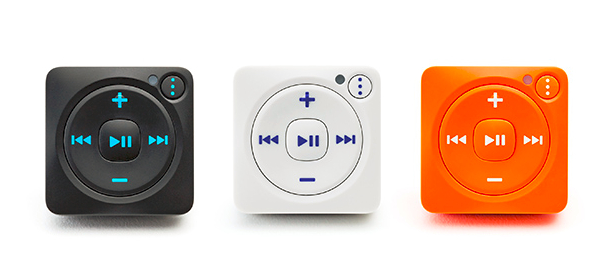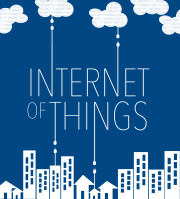In this week’s show, we issue a major correction owing to my lack of pop culture information, discuss a fully automated T-shirt factory and wonder why we don’t have more exciting news from the world of energy harvesting technology. On the smart home front, Kevin and I rethink our aversion to Apple’s HomeKit, discuss Google Home’s preview program and the potential for the Amazon Echo to offer multi-room audio. Finally, I talk about the gadget I’ve been waiting for for the last 18 months. No, it’s not the refrigerated crock pot.

For those that want to experience a chill, stick around for Mike Spear, the ?Global Operations Manager, Industrial Cyber Security at ?Honeywell Process Solutions. He discusses everything from the differences in securing oil refiners and paper-making plants to how to train IT folks to think like a manufacturing security expert. We also revisit Petya and dig into who should pay for securing plants when compromising them doesn’t necessarily hurt the company’s bottom line, but might hurt the environment or national security. Enjoy the show!
Hosts: Stacey Higginbotham and Kevin Tofel
Guest: Mike Spear of Honeywell Process Solutions
Sponsors: HiQo Solutions and Eero
- I can’t believe how many T-shirts this factory makes
- HomeKit breaks Apple’s historical model and that’s okay
- The Mighty player rocks!
- How to train an IT security expert for manufacturing security
- Which countries are creating good cyber risk regulations?
Podcast: Play in new window | Download | Embed
Subscribe: RSS
